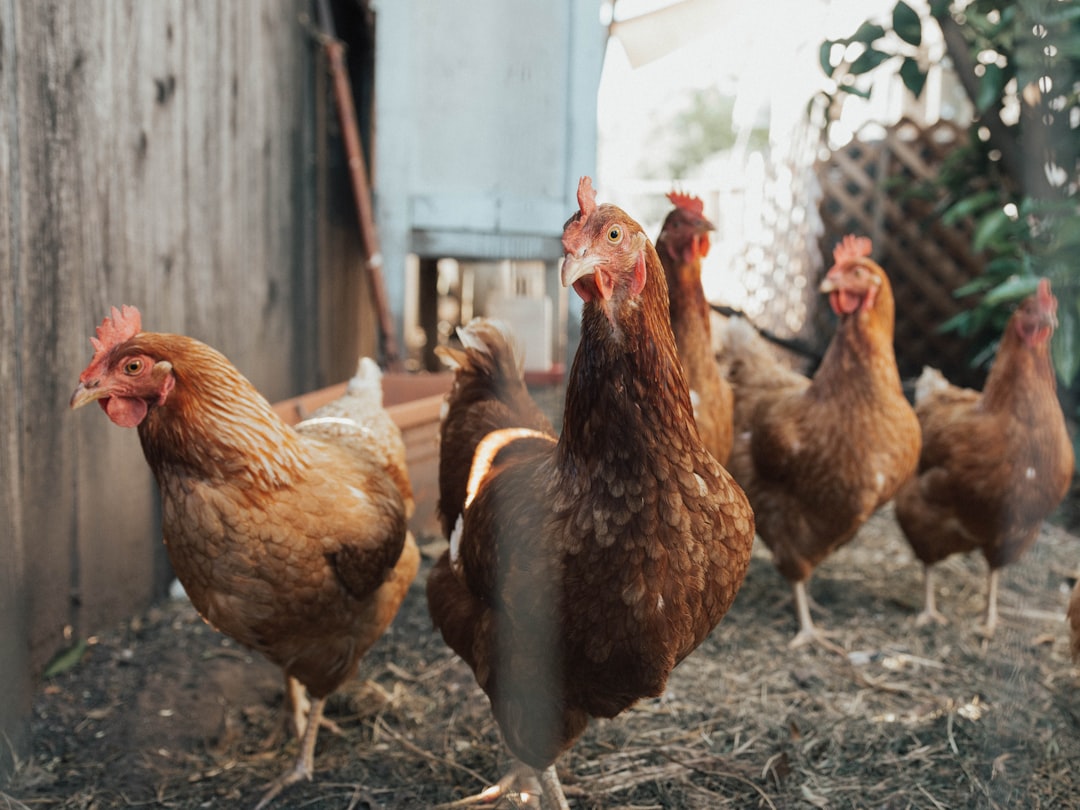What is it about?
Perforated pipe systems are used to distribute water over filter surfaces, e.g. vertical flow constructed wetlands and other soil filters. Via modelling the amount of water exiting from each hole can be determined. A methodology for building such a model and for calibrating it on a real-world system is presented.
Featured Image
Why is it important?
When distributing water over surfaces the important thing is an even distribution, so that every bit of the surface receives about the same amount of water. There is no common way to calculate the distribution when a perforated pipe system is designed. Therefore, hydraulic modelling can be a helpful tool for planning engineers. For a pipe system in operation, modelling can help assess the performance as-is and draft optimization strategies.
Perspectives
The study is on a porous pipe system feeding a vertical flow constructed wetlands. However, the possible scope of application of this methodology is much broader. It can be applied for any soil filter treating water, be it groundwater, drinking water or wastewater. In combination with pressure measurements it is very powerful in assessing the performance of a working system. When applied during the planning stage of a perforated pipe system it can help prevent problems during operation.
Urte Paul
Read the Original
This page is a summary of: Hydraulic simulation of perforated pipe systems feeding vertical flow constructed wetlands, Water Science & Technology, January 2018, IWA Publishing,
DOI: 10.2166/wst.2018.025.
You can read the full text:
Contributors
The following have contributed to this page










